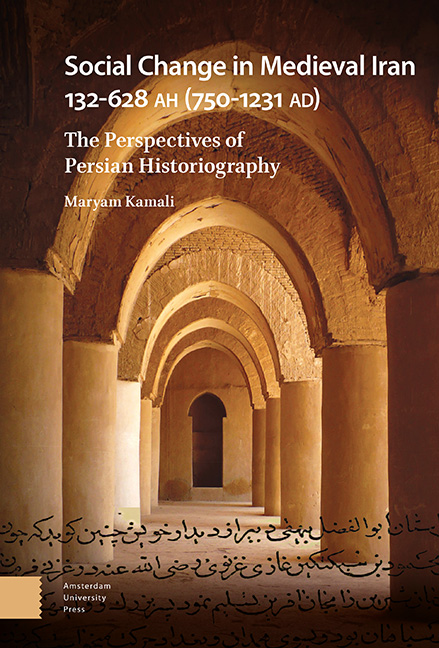Book contents
Part III - The Rise of Soltānates in the Power Structure
Published online by Cambridge University Press: 28 December 2023
Summary
The Turkish presence at the apex of their power marked a new arena for reproducing structures of a very different nature in Iran. The Turks who entered the power structure with Moʿtasem in the court of the ʿAbbāsid Caliphate and with the Sāmānids and the Buyids in Iran reached the pinnacle of the power structure with the Ghaznavid dynasty. The two Iranian dynasties of the Ghaznavids (351–582 AH/963–1187 AD) and then the Saljuqs (429–590 AH/1037–1194 AD) took advantage of the valuable resources provided to them by previous Iranian dynasties, especially the Sāmānids and the Buyids. Significant social changes in Iran, including the formation of essential power structures of the soltānate, and the reproduction of the vizierate and the amirate, took place during this period.
Chapter 9 examines how the shāhi (kingship) structure, which had been reproduced based on pre-Islamic structural resources by the Buyids, especially by ʿAzed al-Dowla, was reproduced by the Ghaznavids in the structure of the soltānate. It examines historians’ viewpoints about the soltānate and how it was reproduced concerning other power structures, especially the caliphate. By using the structural resources of pure religious propaganda (tabliq-e pāk-dini), the Ghaznavids conducted extensive expeditions against Hindus, Ismāʿilis, and Shiʿites attributed to heresy. Simultaneously, the presence of the greatest artists, poets, and scientists in the Ghaznavid court brought the Ghaznavid soltānate closer to the court of the pre-Islamic kings.
With the coming to power of Soltān Mahmud, the Ghaznavid dynasty, which had authoritatively reproduced the structures of the Sāmānid power, defeated the Buyids in central Iran and advanced to Baghdad as the supporter of the caliphate, the central pillar of the Sunni power structure. Even though, under his son, Soltān Masʿud, the rift in the political structure, on the one hand, and the alienation of the new agents with Soltān Mahmud's legacy, on the other, blocked the way for the Ghaznavids to move farther. Their efforts paved the way for the presence of the Turkmen Saljuqs.
The Chapter 10 is devoted to studying the powerful Saljuq dynasty, which ruled the Islamic world from Mā Varā al-Nahr to the Mediterranean Sea for nearly a century and a half.
- Type
- Chapter
- Information
- Social Change in Medieval Iran 132-628 AH (750-1231 AD)The Perspectives of Persian Historiography, pp. 171 - 174Publisher: Amsterdam University PressPrint publication year: 2023



